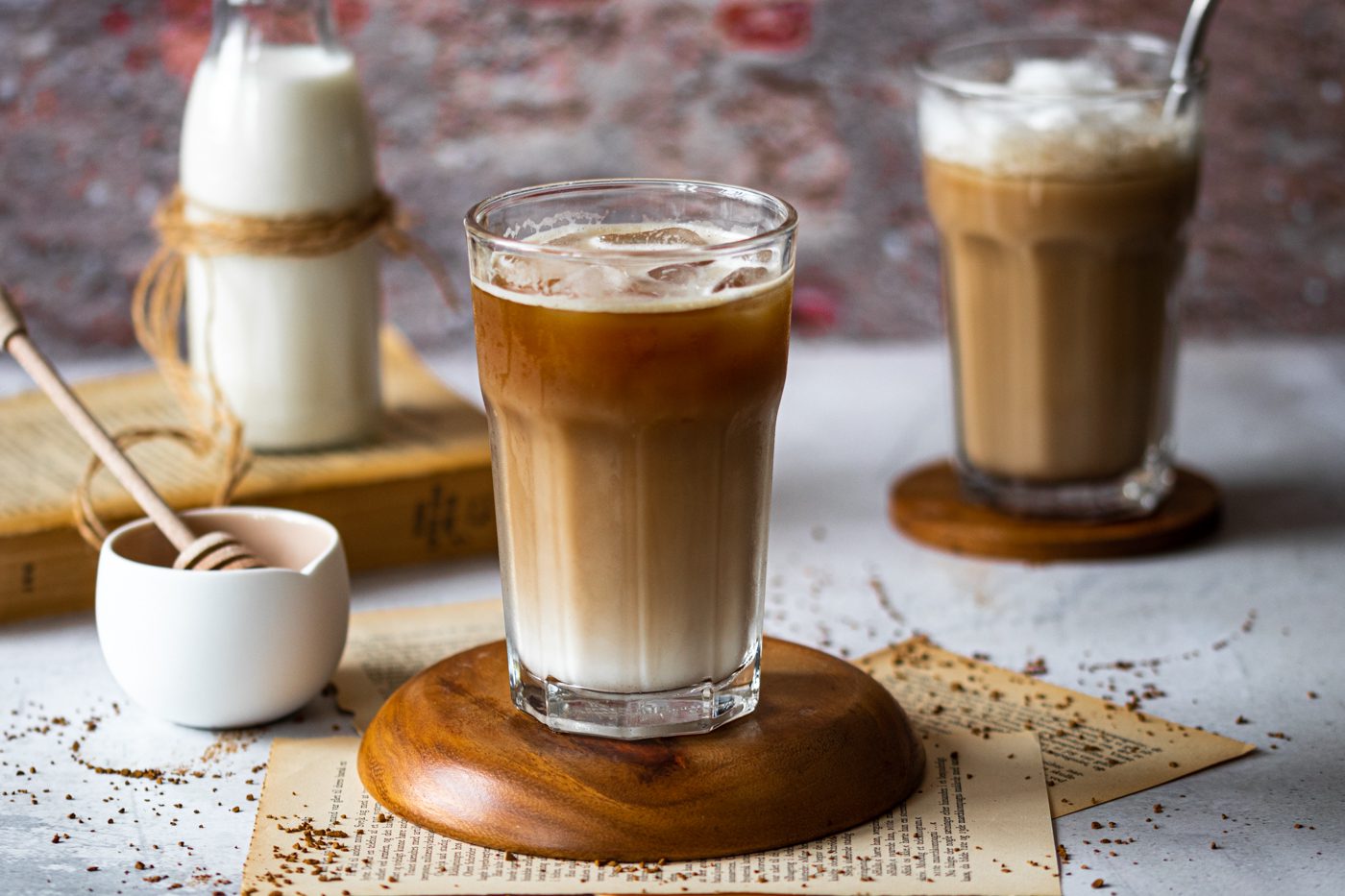How to Make Barista-Quality Lattes at Home
Making a perfect latte at home is an art and science that combines the rich flavor of espresso with the creamy texture of steamed milk. While it might seem daunting at first, with the right tools, techniques, and a bit of practice, you can create barista-quality lattes that rival those from your favorite coffee shop.
This article will guide you through the essentials, from selecting the right beans to mastering the art of milk frothing.
Selecting the Right Coffee Beans

Understanding the Basics of Espresso Beans
To make an exceptional latte, it all starts with the beans. Espresso, the foundation of any latte, requires beans that are robust and rich in flavor.
Look for high-quality Arabica beans, which are known for their complex flavors and smooth finish. While some prefer blends, single-origin beans can also provide a unique taste profile.
The roast level is crucial; medium to dark roasts are ideal for espresso as they bring out the beans' full-bodied flavor and reduce acidity.
Freshness and Grinding
Freshly roasted beans are essential for achieving the best flavor. Coffee beans start losing their freshness soon after roasting, so it’s recommended to buy beans that have been roasted within the last two weeks. When it comes to grinding, a burr grinder is preferable over a blade grinder as it provides a consistent grind size, which is critical for espresso extraction. For lattes, aim for a fine grind that resembles table salt.
Brewing the Perfect Espresso
The Espresso Machine
Investing in a good espresso machine is key to making barista-quality lattes at home. Look for a machine with a robust build, consistent temperature control, and a reliable steam wand.
While high-end machines offer more control and consistency, there are also excellent mid-range options available for home use. Semi-automatic machines offer a balance between control and convenience, making them a popular choice for home baristas.
The Extraction Process
Making a perfect espresso shot involves precision and practice. Start by dosing the right amount of coffee; typically, 18-20 grams for a double shot. Tamp the grounds evenly and firmly to ensure uniform extraction.
The extraction time should be between 25-30 seconds for a double shot, producing a rich, syrupy espresso with a golden crema on top. Consistency in timing and technique is crucial to achieving a balanced flavor profile.
Mastering Milk Frothing and Steaming
The Science of Steamed Milk
Milk frothing is an art form that adds texture and sweetness to your latte. The goal is to create microfoam, which is a silky and smooth layer of froth.
Start with cold, fresh milk; whole milk is preferred for its ability to produce a rich and creamy texture, but alternatives like almond, soy, or oat milk can also be used. The milk should be frothed to about 150-155°F (65-68°C), just below the point where it begins to scald.
Frothing Techniques
To froth milk, position the steam wand just below the surface of the milk to introduce air and create froth. As the milk expands and heats up, lower the wand slightly to create a whirlpool effect, which helps to incorporate the microfoam throughout the milk.
The sound should resemble a gentle hiss, not a screeching noise, which indicates the wand is too high. Practice and patience are key; achieving the perfect microfoam takes time but is well worth the effort.
Latte Art: The Finishing Touch
Pouring Techniques
Latte art adds a visual appeal to your drink and is a skill that can be mastered with practice. The key to good latte art is in the pour. Start by pouring the milk from a higher position to mix with the espresso, then lower the pitcher and pour more slowly to create the design.
Basic shapes like hearts or rosettas are great for beginners, while more complex designs can be attempted as your skills improve.
Consistency and Practice
The consistency of the milk and the steadiness of your hand are critical in latte art. The microfoam should be smooth and velvety, with no visible bubbles. Practice by pouring different designs and refining your technique. The angle, speed, and height of the pour can all affect the outcome, so experimenting with different methods is encouraged.
Conclusion
Creating barista-quality lattes at home is a rewarding experience that combines technique, knowledge, and a passion for coffee. By selecting the right beans, mastering the art of espresso brewing, perfecting milk frothing, and practicing latte art, you can enjoy café-quality beverages from the comfort of your home. Remember, practice makes perfect, and with time, you'll develop the skills to impress even the most discerning coffee aficionados.






































